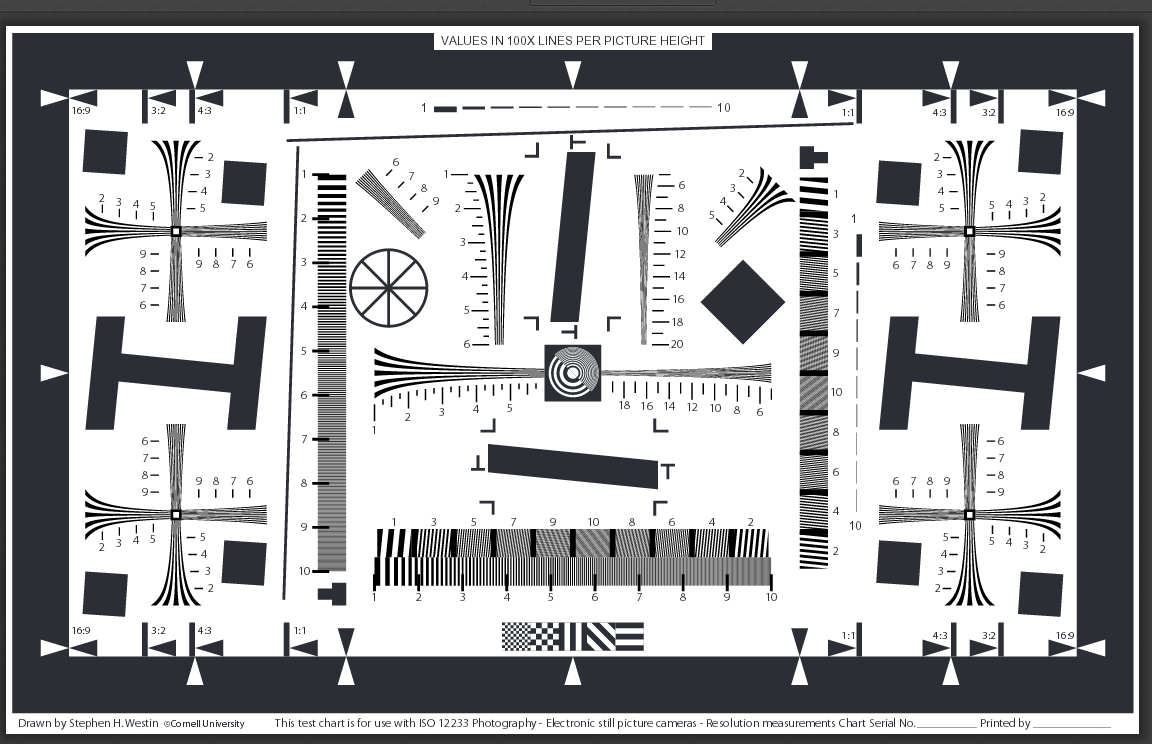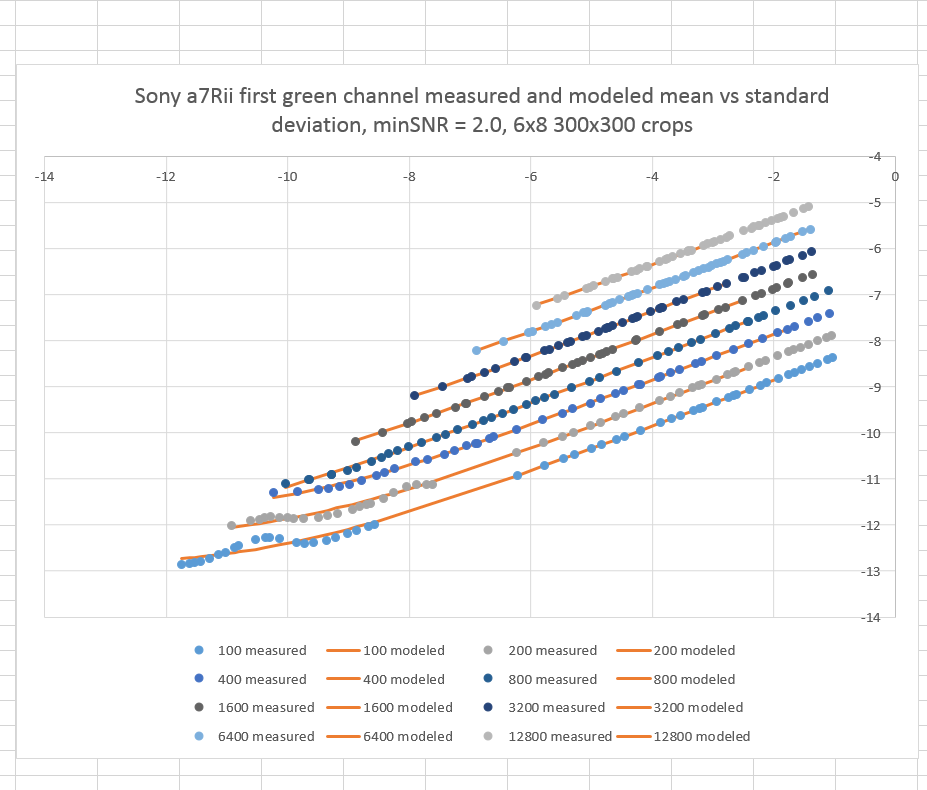[Edit. Although I’m leaving this post up because several people have linked to it, I now recommend a different method as quicker, easier, and less prone to false positives: Simple decentering test And now back to the original post:] You hear complaints all the time about the quality control of various lens manufacturers, and horror… [Read More]
Archives for 2016
A photon transfer capture protocol
Warning: this is a technical post that assumes a fair amount of knowledge on the part of the reader. Jack Hogan and I have been working on photon transfer analysis of sensors for some time. He and I wrote some Matlab code to analyze pixel response non-uniformity (PRNU), to plot complete photon response curves, and… [Read More]
Zooms vs primes for learning — guest post
A few days ago, I wrote a post about zooms versus primes for people learning photography. Over on DPR, David Braddon-Mitchell posted something that I really liked. Oh, you caught me; probably one of the reasons that I like it is that the writer agrees with my point of view. However, I think his post… [Read More]
Photography is communication – or is it?
I have always thought of photography, or any other art I can think of, as a communications vehicle. The artist has something to say, and wants to say it to an audience. The audience gains something from the art, in the case of photography, from seeing the work. The photographer gains satisfaction, even if she… [Read More]
Sony a6300 — little things
This is part of a long series of posts about the Sony a6300. The series starts here. I like the Sony a 6300 a lot. It has an excellent two-speed sensor, a beefed-up construction that’s reminiscent of the a7RII and a7II, really accurate and Johnny-on-the-spot autofocus, a manual EVF/LCD switching mode that takes the cursing… [Read More]
- « Previous Page
- 1
- …
- 38
- 39
- 40
- 41
- 42
- …
- 61
- Next Page »

